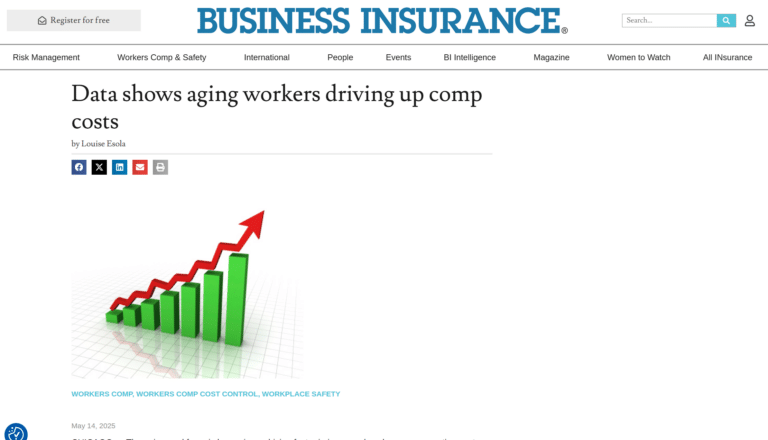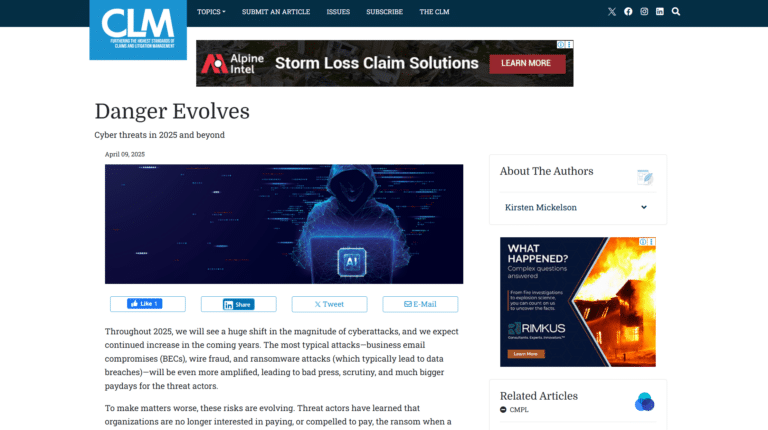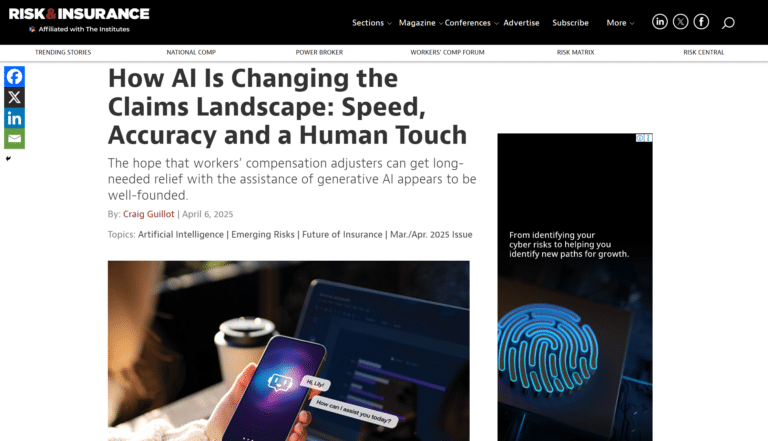We all know data is instrumental in shaping business growth and opportunity, but when it comes to leveraging this data to drive better claim outcomes, how is your business responding?
Most carriers have two answers to this question: legacy infrastructure is hamstringing their best intentions, and it’s difficult to fund rapid technological innovation.
So, how can carriers overcome this?
1. Define which data matters to you
In a world of increasingly available information and content, there are plenty of data points carriers can utilize to shape their journey. But how do you filter out the noise and be laser-focused on what matters to your business?
It’s all about defining what’s most important to you. As a senior team, consider which lines your business is delivering to and what’s on the horizon for the customers within these lines. Whether it’s insights into claims management, EH&S, exposures, policy and insurance or reporting, carriers can set and define what’s most important to their business to understand how to move forward.
2. Evaluate existing technology and systems
Take stock of what infrastructure is currently available to you and how your team is using it. Many legacy tools might need significant upgrades to meet modern data integrity requirements, reporting and workflow processes, and to comply with regulation. If your team is struggling to meet these basic requirements because of your technology and systems, it can lead to major issues with compliance and customer service.
3. Make the most of industry-leading technology
Completing essential upgrades to existing infrastructure is an expensive, risky, and time-consuming task for carriers. You can skip many of these challenges by partnering with a TPA who already has access to industry-leading technology and are experts in using it – such as GB. Whether it’s mobile apps, RMIS or intake programs, take advantage of commercial partnerships with those who have already undergone the capex required to meet modern demands.
Here at GB, we know how important it is for carriers to focus on the right factors to uncover and review program trends, which is why we developed LUMINOS. This custom, RMIS platform is the single point of entry for carriers to assess and analyze the information available to them and drive enhanced execution of all risk management and mitigation programs. The right RMIS platform should deliver you visibility across all lines of business, risks, and incidences to successfully maneuver your business through the swamp of information to clear insights.
4. Take your data and utilize it
Now that you understand what data and technologies are valuable for your business, it’s time to make a real change to claim outcomes. Whether it’s keeping your team alert to rising opioid usage in certain sectors, shorter return to work timeframes, or injury trends across workplace types, the right data analytics tools help carriers deliver better outcomes for their claimants.
To learn about how partnering with a TPA can help you drive better claim outcomes, connect with our dedicated Carrier Practice team.






